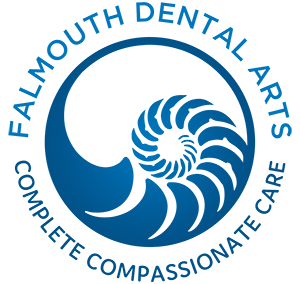
Oct 2, 2023
Need a reason to smile? The first Friday in October is World Smile Day. This unofficial holiday has a simple mission: to encourage people to do acts of kindness and help others smile. At FDA, we love helping our patients achieve the smile of their dreams! Whether it’s finding a home-care routine that supports your oral health goals or a cosmetic procedure that boosts your confidence, we are in the smile business. To honor World Smile Day, we look at the history of this fun worldwide celebration, and outline the ways we can help you smile today…and everyday!
World Smile Day
Back in 1963, commercial artist Harvey Ball created the smiley face – that iconic cheerful, yellow circle with an eyes and mouth. The image became one of the most recognizable symbols of goodwill and cheer in the world. Concerned about the over-commercialized use of “Smiley” and the loss of its original meaning, Ball created World Smile Day. He believed that everyone should devote at least one day to smiles and acts of kindness. The first Smile Day was held in 1999 in Ball’s hometown of Worcester, Massachusetts. You can join the celebration each year on the first Friday in October by following its simple challenge: “Do an act of kindness. Help one person smile.”
Helping Mainers Smile
Since 1974, Falmouth Dental Arts has been on the cutting edge of dentistry and focused on patient care. For us, a healthy and happy smile is about more than just clean teeth. It’s about your whole-body health and your comfort when you are in our care. We work closely with you to design a dental plan that fits your needs and your budget so you can make the best possible choices for your health. We offer a wide range of services to provide the best oral care possible and help our patients achieve the smile of their dreams!
- Family Dentistry – We believe that oral health is important at every age, no matter the state of your dental health. Dr. Brunacini and Dr. Karagiorgos and our entire staff are committed to providing a caring and compassionate environment for you to receive excellent dental care. Our use of crest-of-the-wave technology, such as 3D Imaging and Same-Day Crowns, offers patients the highest quality of care and more comfortable experience. We will help you maintain your oral hygiene and develop a home care regimen that improves your oral health and gives you a bright smile that will last a lifetime!
- Cosmetic Dentistry – When you’re self-conscious about showing your teeth, you may talk less, laugh less, and smile less. We can help you change that in just one or two dental visits. Many dental issues can be addressed with cosmetic dentistry – from chipped teeth to crooked teeth, stained teeth or lost teeth. A simple consultation with Dr. Brunacini or Dr. Karagiorgos can help you get on the path to the smile of your dreams!
We’d love to hear about what is making you smile these days! Please share with us on our Facebook page! Bonus points if you share an act of kindness on World Smile Day! If your smile needs a little attention and care, give us a call today at 207.781.5900. We can set you up with a consultation appointment for a cosmetic procedure or help you schedule your next check up. Let us help you have a healthy, happy smile!!
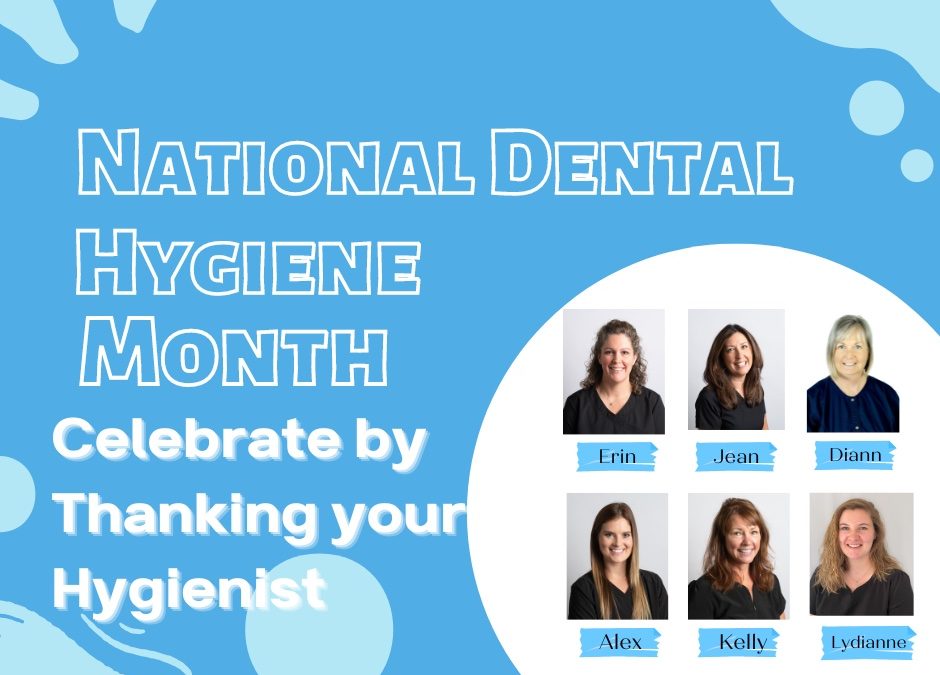
Oct 1, 2023
Have you thanked your dental hygienist recently? Well, now is the perfect time because October is National Dental Hygiene Month! FDA’s caring and wonderful team of hygienists are truly the heart of our practice. Alex, Diann, Erin, Jean, Kelly, and Lydianne are who you see at every cleaning appointment and are all committed to patient comfort and care. Their love of building relationships is what helps our patients find an individualized oral health care routine that supports whole-body health. As a fun way to honor our amazing hygienists and encourage you to practice excellent dental hygiene, we’ve spelled out some hygienist-approved tips and reasons why Alex, Diann, Erin, Jean, Kelly, and Lydianne are such amazing and compassionate professionals!
H is for hydrate! Drinking plenty of water improves oral health. It washes away leftover food and cavity-causing bacteria.
Y is for yogurt! Yogurt is a healthy snack that will support your oral health as well as your overall health. It’s full of calcium for strong teeth and the probiotics will support a healthy mouth.
G is for gentle! Patient comfort comes first. With a gentle touch, our team of hygienists provide a calm and caring environment for patients to receive the best oral care.
I is for individual! We see each patient as a unique individual and get to know your personal history and dental needs. We work with you to find the right oral care and treatments.
E is for education! Our hygienists are life-long learners committed to staying on top of the latest dental technologies and treatment. Plus, they *love* educating patients on best practices.
N is for nice! You’ll never meet a nicer, more caring group of oral health professionals. Alex, Diann, Erin, Jean, Kelly, and Lydianne are people you will enjoy seeing at your regular appointments.
I is for interproximal cleaning! Also known as flossing, interproximal cleaning is our hygienists number one oral hygiene tip for patients. Whether you use traditional floss or “Plackers,” find what works for you and stick with it!
S is for smile. Our hygienists love helping patients achieve the smile of their dreams. We also love seeing the smiles on our patients’ faces when they leave our office feeling heard and cared for.
T is for toothbrush – electric, please! If you haven’t invested in an electric toothbrush yet, now is the time. Our hygienists swear by electric toothbrushes – they are more effective at removing plaque than a manual toothbrush and stimulate the gum tissue, which promotes gum health.
Thank you to our hygienists extraordinaire – Alex, Diann, Erin, Jean, Kelly, and Lydianne! Next time you come in for an appointment, please be sure to say thank you, too – or give them a shout out on our Facebook page! If you have any questions about oral hygiene tips or want to go over your oral health care routine, give us a call at 207.781.5900. We are here to be your partner in excellent oral health care.
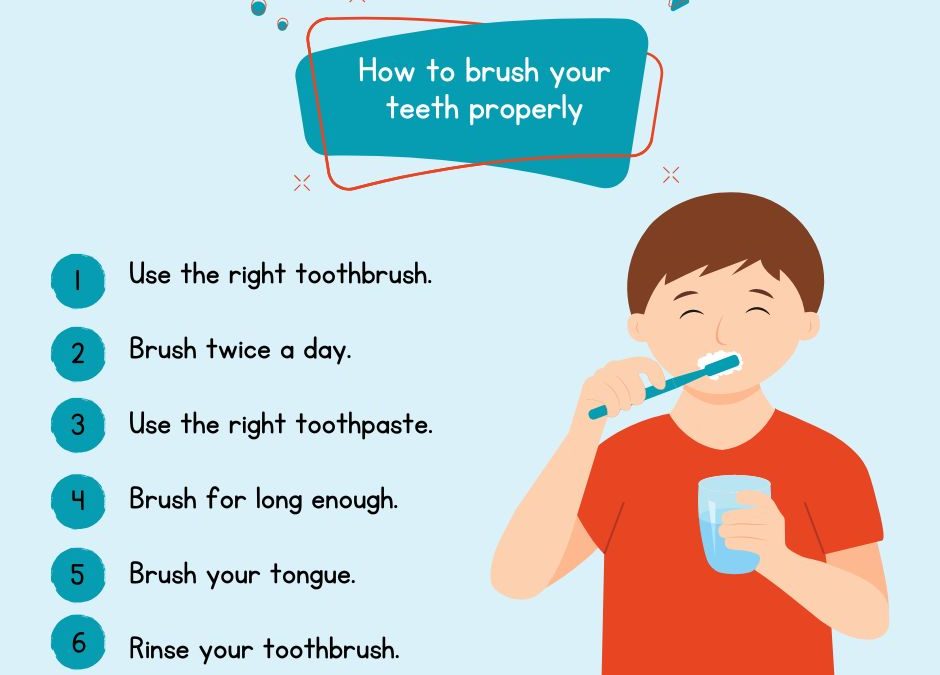
Aug 2, 2023
The keystone to every oral health care routine is brushing your teeth. You brush in the morning and you brush at night, but is there a right way to brush? Ask any of the marvelous hygienists at FDA and they’ll share some of their professional tips for brushing your teeth and call out some mistakes to avoid. If it’s been awhile since you’ve been in for an appointment, we’ve got you covered (but please do come in soon for your check up!). Here are three ways you can boost your brushing!
Use the right kind of brush.
Find a soft-bristled brush with a size and shape that allows you to reach all parts of your mouth easily. We also recommend investing in an electric toothbrush as it truly gives you a superior clean. Remember to replace your toothbrush every three months or when the bristles are frayed.
Use the right technique.
The proper way to brush your teeth is to hold your toothbrush at a 45 degree angle to your gums. Then, gently move your brush over your teeth: make circles and go up and down as you polish all the surfaces of your teeth. Think of it like a massage! You can brush too hard and damage your gums or enamel, so keep your touch light. Don’t forget to brush your tongue (or scrape it) and rinse with water.
Use the right motivation.
There’s a lot going on inside your mouth. Every time you eat or drink, residue is left behind on your teeth and gums. If it’s not brushed or rinsed away, it can turn into a sticky film called plaque. Untreated, plaque hardens into something called calculus that releases bacteria and acids that can turn into cavities and bore into your teeth and cause damage to nerves and bones. Ouch! Poor oral hygiene has also been linked to a whole host of health issues such as cardiovascular disease, diabetes, Alzheimer’s disease, and high blood pressure. Feeling motivated to brush all those potential problems away? Find what helps you pick up that brush two times a day!
Of course brushing is just one part of a proper oral health care routine. Don’t forget to floss daily, eat well, and come in for regular check ups with Dr. Brunacini and Dr. Karagiorgos. If you have any questions, need a brush up on your brushing techniques with our team of hygienists, or need to schedule your next appointment, please give us a call at 207.781.5900. We are your partner in oral health and love to help you have a beautiful and healthy smile!
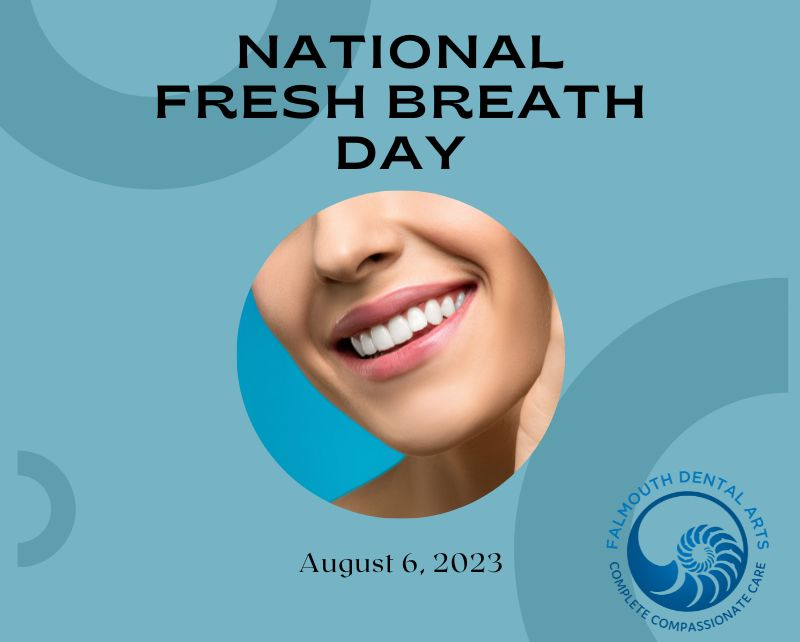
Aug 1, 2023
Don’t you just love that fresh feeling after you’ve brushed your teeth? August 6th is National Fresh Breath Day and a great time to celebrate the ways that a clean and healthy mouth will give you that fresh breath feeling. However, if you’re experiencing an unpleasant taste in your mouth or worried you have bad breath, you could have an underlying oral health issue. Bad breath, also known as halitosis, can be embarrassing and sometimes cause anxiety. There’s no need to suffer! Below are three causes of bad breath and our recommendations for keeping your breath fresh and your mouth happy this National Fresh Breath Day…and every day!
- Tobacco Products
If you’re still searching for reasons to quit smoking, add bad breath to the list. Beyond the myriad health risks linked to tobacco use, smokers and oral tobacco users are more likely to have gum disease. Gum disease is a leading cause of bad breath, and is linked with other health conditions as well. If you’re looking for resources or help quitting tobacco…please let us know. We are here to help!
- Dry Mouth
Ever wake up with the dreaded “morning breath?” This is often due to dry mouth, which naturally occurs for many people while sleeping. Saliva is so important for your oral health; it helps clean away cavity-causing bacteria as well as odor-causing bacteria. If you have a dry mouth beyond just the morning time, it could be linked with certain medications you are taking or a condition known as xerostomia. Drinking extra water can help flush your mouth of the bad bacteria and keep it fresh. Be sure to also let Dr. Brunacini and Dr. Kargiorgos and your hygienist know about your medications and any health concerns you may have, such as dry mouth. We can work with you so your home oral care routine supports your needs.
- Poor Oral Hygiene
If you’re not brushing and flossing then food, plaque, and bacteria are left to their own devices to wreak havoc on the health of your teeth and gums, AND cause bad breath. Develop a home care routine of brushing twice a day and flossing once a day to take care of your whole mouth and prevent that stinky breath. If bad breath is a concern throughout the day, try brushing after every meal and consider tongue scraping as well. This will help remove extra food particles and bacteria and will help you feel extra fresh! Our team of amazing hygienists are always happy to share tips and techniques for brushing and flossing, so please ask how we can help you stick with an oral hygiene routine that works for you!
This National Fresh Breath Day, give your teeth and gums some extra love so your mouth feels extra healthy and fresh! If you still have concerns about persistent bad breath, talk to us and your doctor. Bad breath can also be linked to other health concerns. Please call us at 207.781.5900 with any questions, concerns, or to schedule your next appointment.
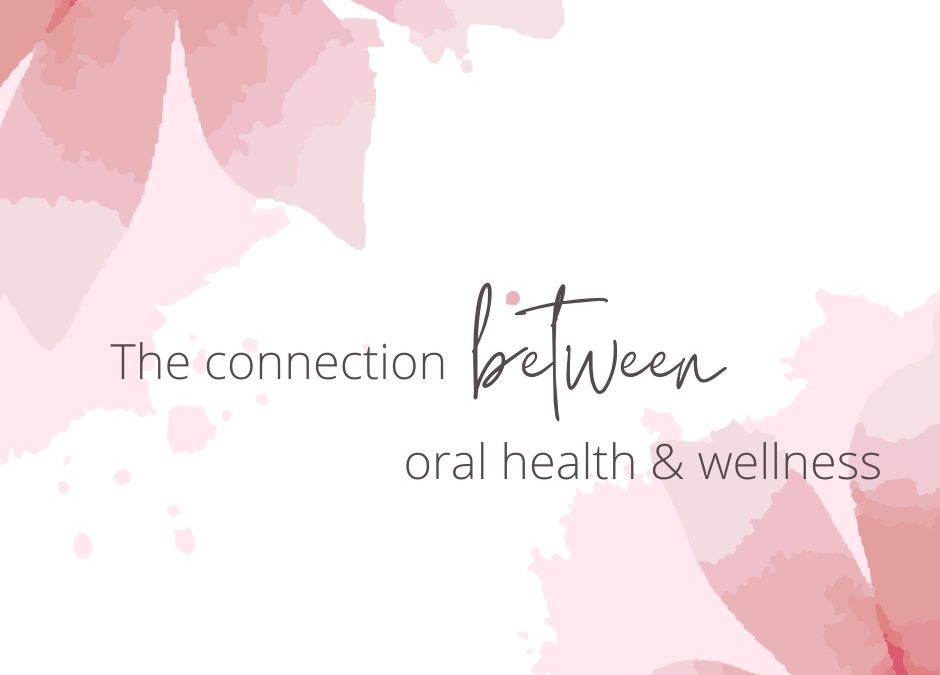
Jul 2, 2023
At FDA, we don’t just see your smile, we see you as a whole person. That’s because when it comes to improving your overall health, oral care is the gateway. Studies show that problems with your teeth and gums are linked with other health concerns like cardiovascular disease and diabetes. This means that brushing and flossing daily is a practice that will benefit you beyond just keeping your teeth clean and healthy…it benefits your whole body! Your dentist – Dr. Brunacini and Dr. Karagiorgos – can be a part of your health care team and help you set up an oral health plan that takes your whole body’s well-being into account. Here is a deeper look at some of the ways your oral health and general health are connected.
Cardiovascular Disease
This term refers to a group of disorders related to your heart and your blood vessels. According to the Cleveland Clinic, having poor oral health is associated with forms of cardiovascular disease like:
- Coronary artery disease: This is the most common type of heart disease and can lead to heart attack. It’s the leading cause of death in the United States.
- Clogged arteries: Studies show that people with periodontal disease have significantly higher rates of atherosclerosis, or plaque build up inside the blood vessels that deliver blood and oxygen from your heart to your body.
- Stroke: Studies show a correlation between periodontal disease and strokes, specifically strokes related to atherosclerosis.
Diabetes
Diabetes increases your risk of dental diseases. One place you may experience symptoms is in your mouth. Some of the most common oral symptoms include:
- Dry mouth: People with diabetes often have less saliva in their mouth so you may find yourself being parched.
- Gum disease: If you notice bleeding when you brush or floss, you may have gum disease. Research shows keeping your blood sugar under control can help improve gum disease.
- Problems with taste: You may begin to notice that food tastes differently from the way you remember, particularly sweet foods. If you have a persistent bad taste in your mouth, please come see us.
- Periodontal disease: Nearly 22% of all diabetics develop this dental disease. It is a chronic, inflammatory condition that can destroy your gums and bone, and can also lead to increased blood sugar levels. Early signs include bad breath, swollen gums, and painful chewing.
Your health is important to us and we are committed to giving you the best care possible. As part of your care, the FDA team of caring and compassionate professionals will ask about your health history, medications, as well as your needs and questions as we put together a treatment plan for you. Our goal is to build a partnership with you as we make sure your mouth is healthy and supporting your overall health needs. If you have questions or concerns about your oral health, or need to schedule your next appointment, please give us a call at 207.781.5900.

